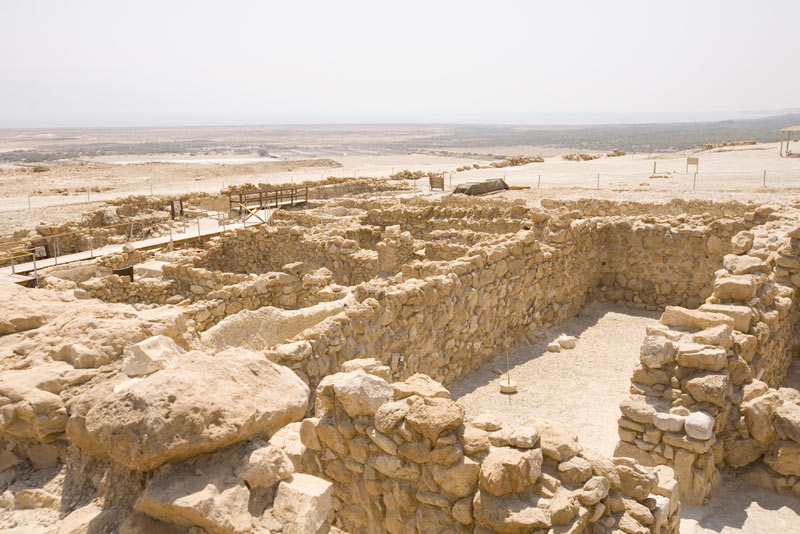
© FotosearchThe price of civilization? Farming caused changes in our jaws that we have to spend money to fix today.
When humans turned from hunting and gathering to farming some 10,000 years ago, they set our species on the road to civilization. Agricultural surpluses led to division of labor, the rise of cities, and technological innovation. But civilization has had both its blessings and its curses. One downside of farming, a new study demonstrates, was a shortening of the human jaw that has left precious little room for our teeth and sends many of us to an orthodontist's chair.
Although all living humans belong to one species,
Homo sapiens, there are recognizable differences in the shapes of our skulls and faces across the world. In recent years, anthropologists have concluded that most of this geographic variation in skull shape is due to chance, so-called genetic drift, rather than natural selection. But some features of our faces, including the shape of our lower jaws, don't seem to follow this random pattern.
A number of researchers have hypothesized that the advent of agriculture, which led to diets consisting of softer foods that required less chewing, led to modifications in the lower jaw, either through natural selection or from developmental changes caused by the way we use our jaws beginning in infancy. But evidence from ancient skeletons has been limited. To test the hypothesis, Noreen von Cramon-Taubadel, an anthropologist at the University of Kent in the United Kingdom, looked at skull and jaw shape in 11 populations, six of which live by farming and five of which are hunter-gatherers. The populations included people from Africa, Asia, Australia, Europe, and the Americas.



Comment: For more information on the "gifts" of agriculture read: The Worst Mistake in the History of the Human Race